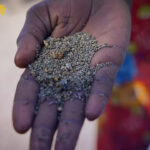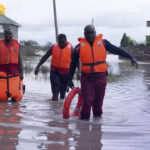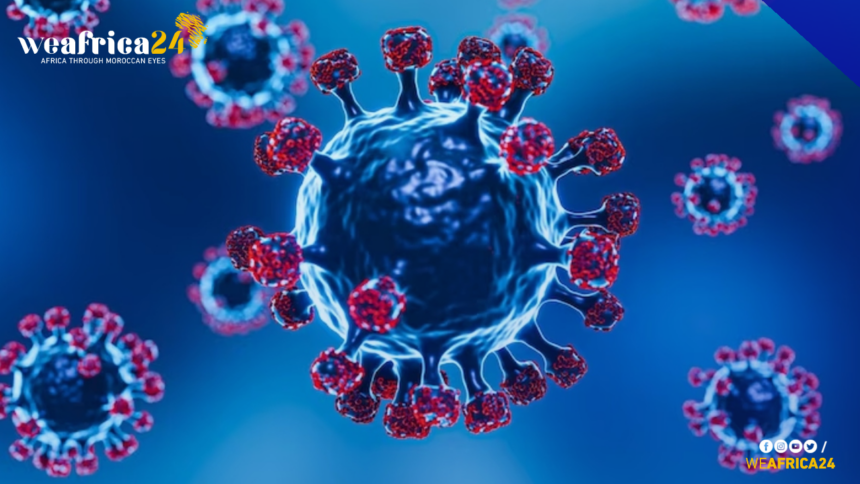Health officials worldwide are closely monitoring the “Perola COVID” strain, which is rapidly spreading globally. But how does it differ from previous variants? What are the symptoms so far, and should we be concerned?
Scientifically known as BA.2.86, this is a new branch of the Omicron variant, raising concerns due to its 35 mutations in the spike protein, the part of the virus targeted by COVID-19 vaccines. Many of Perola’s mutations have unknown functions, but some are believed to aid the virus in evading the immune system.
The U.S. Centers for Disease Control and Prevention (CDC) reported last Wednesday that a genetic leap of “about the same size” has been observed between the original Omicron variant and the BA.2.86 variant.
Virologists caution that it’s too early to determine if BA.2.86 exhibits any new specific symptoms, as scientists are still analyzing recent cases.
However, if it behaves like other Omicron variants, it may display some warning signs to watch for. Here’s all you need to know about the new variant’s symptoms:
Runny Nose and Sneezing
A 2022 study published in the journal “Nature” found that the BA.2 lineage of Perola was “significantly associated” with symptoms resembling the common cold and influenza. It also positively correlated with runny noses.
Professor Lawrence Young, a virologist at the University of Warwick, explained that changes in the virus, combined with immunity from prior infections and vaccinations, have shifted COVID symptoms to resemble more of a cold than when we first encountered COVID. However, this doesn’t mean those at higher risk won’t experience more severe symptoms if infected with BA.2.86.
A 2023 study conducted by Japanese scientists also found that “nasal discharge and phlegm” were more common among BA.2-infected individuals compared to BA.5.
Headaches
Nancy Chrome, an infectious disease specialist at Avita Health System in Ohio, reported that BA.2 symptoms include headaches, as well as nausea or vomiting. Patients infected with recent variants, including BA.2, have also shown less common symptoms like loss of taste or smell.
Fatigue
Fatigue or not getting enough sleep is another commonly associated symptom with the BA.2 variant. Professor David Strain, a senior clinical lecturer at the University of Exeter Medical School, explained that this is due to the “vascular component” of the strain. Lack of restful sleep can leave individuals feeling fatigued as if they hadn’t rested at all.
Sore Throat
Sore throat is another commonly reported symptom associated with BA.2. Professor Strain suggested that Omicron variants, including BA.2, appear to migrate from the lungs and neural tissues to the upper airways.
While Perola’s emergence raises concerns, health authorities stress that there is currently no evidence to suggest it causes more severe illness. It will take several weeks to study its biological properties fully.
It has not been observed that this variant makes individuals more susceptible to severe illness than other Omicron subvariants or that it has an enhanced ability to evade the immunity provided by current vaccines or previous infections.
Health officials advise continued testing for the virus and urge individuals to get tested if they experience symptoms to help reduce its spread to others.
In conclusion, while the Perola variant presents new challenges, monitoring, and research are ongoing to understand its impact fully. Individuals need to stay vigilant and follow health guidelines to mitigate its spread.







